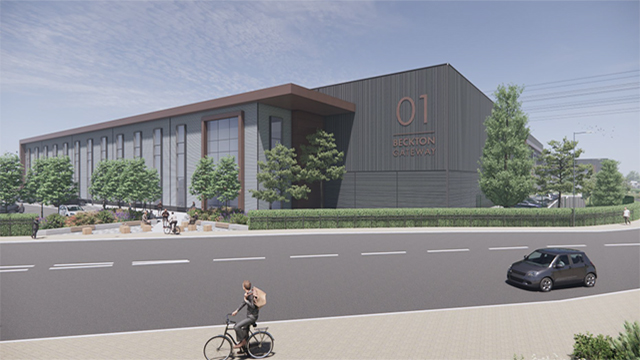Design and build’s growing popularity will depend upon ensuring that the “design” holds equal importance to the “build”. With that in place, D&B is property’s elegant solution, claims Matt Titcombe
At last, the tide is turning. Design and build is getting the reputation it deserves. Or is it? Until recently my working day seemed to consist of touting the merits of design and build over the traditional approach – so much so that, to balance things out, I would start to wonder whether the D&B sector really deserves the reputation often laid upon its ever-flexible doorstep.
“Of course, D&B is proven to be up to 15% more cost effective and 30% quicker, so where’s the catch?” I would answer. Do we really need more proof of the virtues of this style of procurement? No. It’s simply a case of understanding the process.
I believe there is often a fundamental point that must be understood. The offer is that of “design” and “build”, and equal importance must attach to both. It is wrong to demote the designer in relation to the contract team, thus fuelling the argument that D&B’s focus is on cheaper designs rather than on the best designs.
Integrating the contract team with the designer’s role is the only way to ensure the level of control required by the design team to influence the result of the project and manage the expectations of the client. The key words today are partnership and teamwork.
Both sides are equal
Most D&B firms have grasped the importance of both parts of the equation and accordingly I believe we will see D&B’s overall market share of some 25% increase. Yes, we are contractors and should never lose sight of that, but we do not just build, we listen, develop, design, challenge, construct and look after, and damn proud of it we are too.
So away with the professional fees associated with the traditional approach and onwards with the better, cost-effective, and quicker D&B approach.
There is another reason why the D&B’s “one-stop shop” squares up to the increasing demands placed on the occupier. Gone are the days of sticking in the furniture and building a few partitions. We are now in the generation of sophisticated IT infrastructure, and with it comes new ways of working: remote working/desk sharing and a growing need to provide a workplace that encourages retention and recruitment of staff. The traditional fees that one would have to incur to manage these issues are potentially enormous – whereas the D&B








